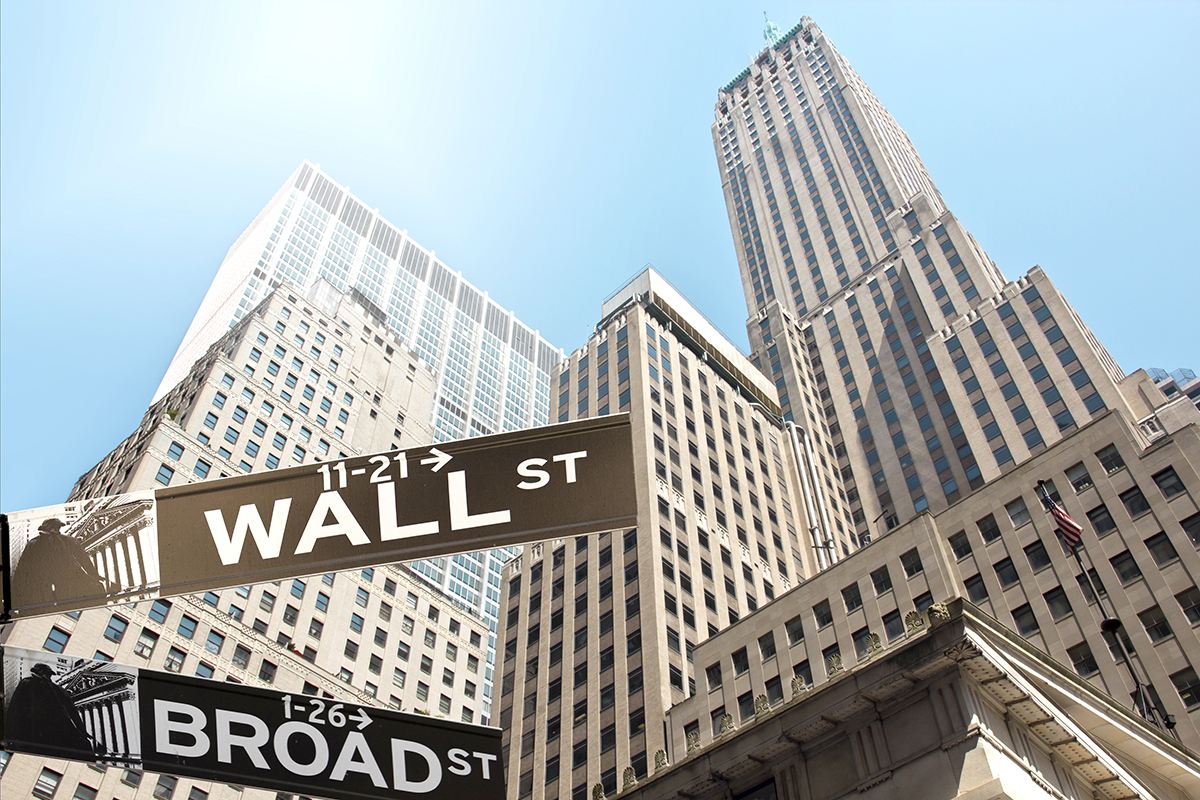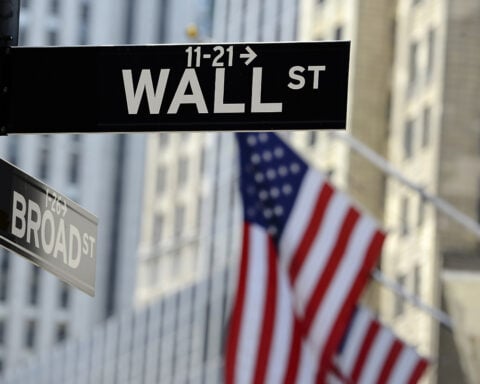Stocks in Europe and Asia experienced a rise on Monday, influenced by reports suggesting a possible slowdown in the robust US job market. This raised hopes about potential moderation in interest rate increments.
The DAX in Germany moved up by 0.7% reaching 15,949.69, while Paris’s CAC 40 grew by 0.8% to touch 7,354.96. Meanwhile, London’s FTSE 100 saw an increase of 0.8%, settling at 7,522.38.
While S&P 500 and Dow Jones Industrial Average futures noted a 0.2% growth, the U.S. markets remain closed in observance of Labor Day.
Tan Boon Heng from Mizuho Bank mentioned that global markets seem to be leaning towards a favourable Federal Reserve response, hoping for a scenario where tightening doesn’t impact employment adversely.
In addition to the promising job statistics, China’s introduction of financial measures to aid the struggling property market further bolstered stock purchases. These measures include reduced down-payment mandates for home buyers and decreased rates on prevailing mortgages, as highlighted by Yeap Jun Rong from IG.
Key indices in the Asian market displayed a positive trend: Hong Kong’s Hang Seng grew by 2.5% (18,844.16), Shanghai Composite rose by 1.4% (3,177.06), and Tokyo’s Nikkei 225 increased by 0.7% (32,939.18). Other markets, such as Seoul’s Kospi and Sydney’s S&P/ASX 200, also exhibited growth.
Notably, the Wall Street performance on the previous Friday saw the S&P 500 end at 0.2% (4,515.77). The Dow Jones also observed an upward trend, while the Nasdaq experienced a slight dip.
The recent report from the Labor Department highlighted that August saw the addition of 187,000 jobs. This showcases a stronger performance compared to July but indicates a slowdown when compared to early 2021. The unemployment rate saw a slight rise but remains historically low.
The consistent performance in hiring and consumer expenditure patterns has prevented a potential recession in 2023. Yet, it has posed challenges for the central bank in managing inflation.
Past economic trends made market analysts cautious about the Fed’s interest rate decisions. However, the current sentiment anticipates a steady approach in the forthcoming September policy meeting.
The Federal Reserve’s aggressive rate hikes since 2022 aim to control inflation, emphasizing its readiness to continue this approach based on fresh economic data.
The finance sector saw considerable gains, with stocks like Charles Schwab and U.S. Bancorp leading the way. Concurrently, rising oil prices influenced a surge in energy stocks.
However, Monday saw a slight dip in U.S. crude prices, with the dollar experiencing marginal growth against the yen. The euro too saw a minor increase in its value.
The global economic landscape is rapidly evolving, shaped by multiple factors from job market fluctuations in the U.S. to China’s regulatory moves. While the markets showcase resilience, the central banks worldwide are poised at a critical juncture, deliberating on future interest rate decisions. As investors and policymakers closely monitor these trends, it’s essential to remain vigilant and adaptive, ensuring financial stability in a world marked by uncertainties.







